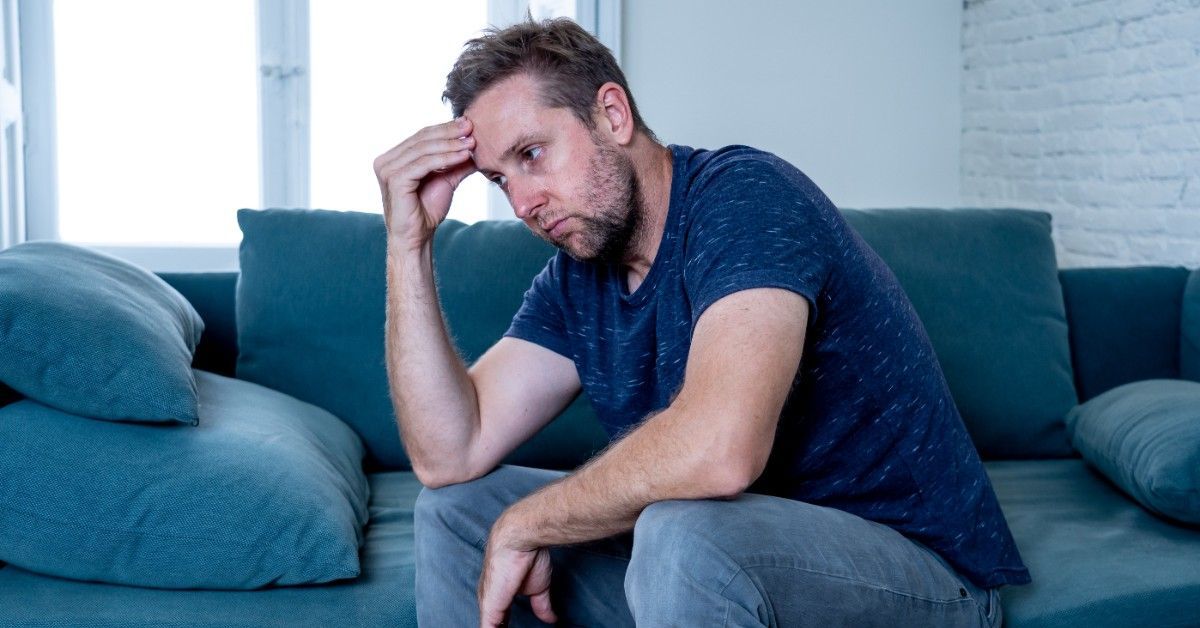What Lifestyle Changes Can Help Migraines?

The Albany Clinic • August 4, 2022
You have headaches so bad that you can’t sleep. Your vision is disrupted, and the pain can last for days, nearly becoming debilitating. You may be experiencing symptoms of a kind of headache called a migraine which affects millions of U.S. adults. The good news? The symptoms can be treated.
What Are Migraines?
“ A migraine is a headache that can cause severe throbbing pain or a pulsing sensation, usually on one side of the head. It’s often accompanied by nausea, vomiting, and extreme sensitivity to light and sound. Migraine attacks can last for hours to days, and the pain can be so severe that it interferes with your daily activities.”
What about warning signs? Look for flashes of light, blind spots, and tingling on the face or limbs.
Know The Symptoms
If you have a migraine, you may experience four different phases but not necessarily every time you have a migraine. These phases include:
- Prodrome may start as soon as 24 hours before the migraine begins. People in this phase may get early signs and symptoms, like food cravings, inexplicable mood changes, wild yawning episodes, retaining bodily fluids, and urinating more often.
- You might experience flashing or intense lights or zig-zag patterns during an aura. You could also experience weakened muscles or have the sensation you’re being grabbed or touched. This phase can happen before or during a migraine.
- Many people are familiar with the headache phase. This is usually how a migraine begins, gradually, and then amps up in severity. It usually results in throbbing or pounding pain, often localized to one side of the head. Other symptoms to watch for in this phase: you’re more sensitive to light, noise, and smells; you may become nauseous and vomit; and suffer worse pain if you cough, move, or sneeze
- Afterward, you may then migrate into the Postdrome phase, characterized by exhaustion, weakness, and a general state of confusion. This period may persist for up to a day.
People frequently wake up with migraines or at other predictable times .
What Lifestyle Changes Can Help Migraines?
What works for one person to manage a headache may not be the answer for someone else. Some people commit to regular therapy, while others choose newer treatment options like ketamine . But there may be simple lifestyle changes worth considering, including:
- Get a good night’s sleep . Find a schedule that works, and stick with it. “It’s best to keep your bedtime and the number of hours of sleep you get the same each night.” According to the U.S. Centers for Disease Control and Prevention, adults need seven or more hours of uninterrupted sleep per night, which can help manage migraine symptoms.
- Exercise is another lifestyle change that may defend against a migraine. Some research discovered that moderate exercise might reduce the frequency of migraine episodes.
- Eat healthy foods and stay hydrated to ward off migraines. The University of California, Irvine, says eating “regularly at mealtimes or having small frequent meals throughout the day are associated with less frequent migraine headaches. Have a balanced meal with protein, carbohydrates, good fats, fruits, vegetables, and maintain adequate hydration.”
- Writing down your thoughts can be a great way to reduce stress and potentially lower the risk of migraine or its symptoms. For this reason, put pen to paper and keep a diary . Keep daily records of frequency, severity, duration, patterns or triggers, what medicine you may be taking, and maintain long-term records to share with your healthcare provider to develop a successful treatment program, including asking about ketamine therapy.
Diagnosing & Treating Migraines
If you experience migraines or there’s a history of migraines among biological relatives, a doctor who specializes in treating headaches (a neurologist) may make a diagnosis depending on your medical history, triggers, or symptoms, and by conducting a physical exam and neurological assessment. In some cases, you may be referred to a mental health specialist to determine if there’s a psychological component to your symptoms.
Some cases which are so severe could require other tests or diagnostic procedures, such as magnetic resonance imaging or a computerized tomography scan. Treatment could include ketamine, pain relievers, or resting in a dark room .
Final Thoughts
If you experience migraines, you’re not alone. About 16 percent of U.S. adults get them, but you don’t have to suffer. There are many available kinds of treatment. The key to diffusing the pain is recognizing symptoms and, if you can’t manage them on your own, finding help .
The post What Lifestyle Changes Can Help Migraines? appeared first on The Albany Clinic.






